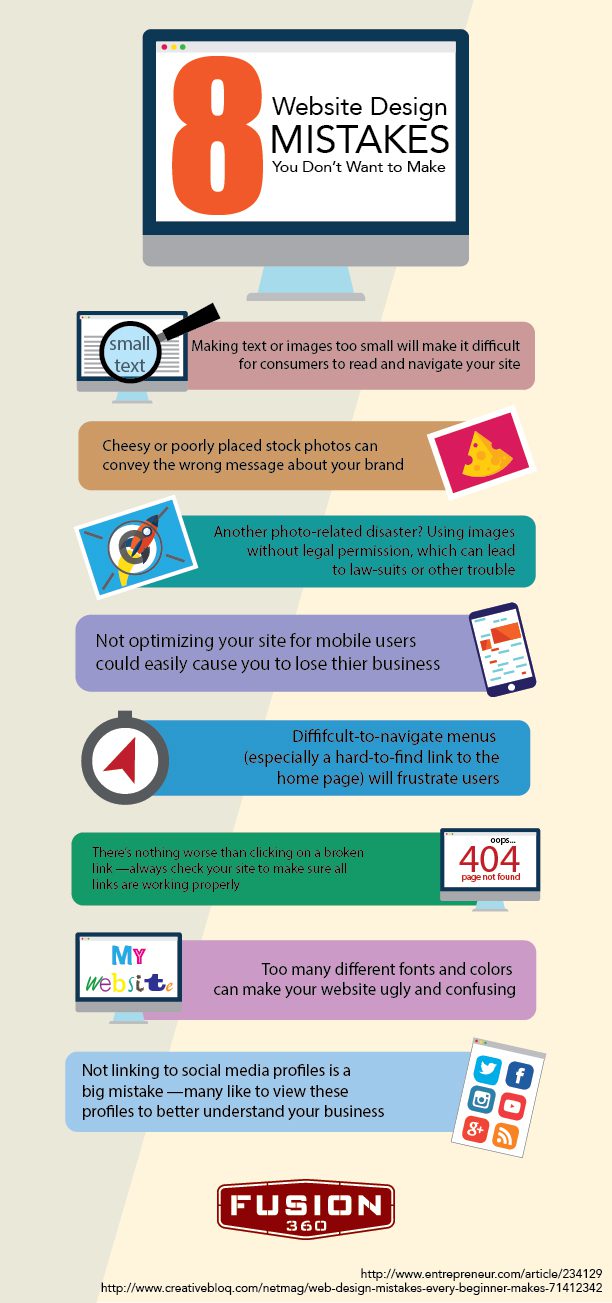
Although almost every Website is different (or should be), the basics of the Web development process stays relatively similar. From the beginning phases of planning and gathering information through the end steps of development, testing and delivery, the Web design process involves several integral processes.
Research and Information Precedes Design
An appropriate amount of research must be done before the design process can begin; inadequate background information could result in a haphazard end product. As perhaps the most important aspect of the Web development process, research involves several different tangents. Before design and development can begin, the purpose and goals of the project must be completely designated. Is the purpose of the site to provide information? To sell a project? What are the goals of the site? After these items have been finished, you can identity your target audience and specify the type of content you want on the site.
Create a Design for Your Target Audience
After the initial planning and research phase is complete, it’s time to move onto the design portion of the Web development process. Perhaps the most important aspect of this step involves creating a design for your target audience. A retail site developed for younger audiences will have a much different design approach than a site targeting a financial planning audience. Whatever your target audience may be, your web design process should adequately reflect who you’re targeting.
Develop and Test for Different Browsers
Development immediately follows the design phase. Typically, the home page is designed first, immediately followed by an outline for interior/subpages. This template harbors the main navigational structure for your site — including the site map, page navigation and CTAs. After the development phase is complete, it’s time to move on to the testing and delivery phase. Before a site goes live, your Web designer will test the functionality of the site to ensure that all forms and scrips are functioning correctly, and will also test compatibility issues. This critical testing phase is done to ensure that the site can be viewed properly across a large range of different browsers.










